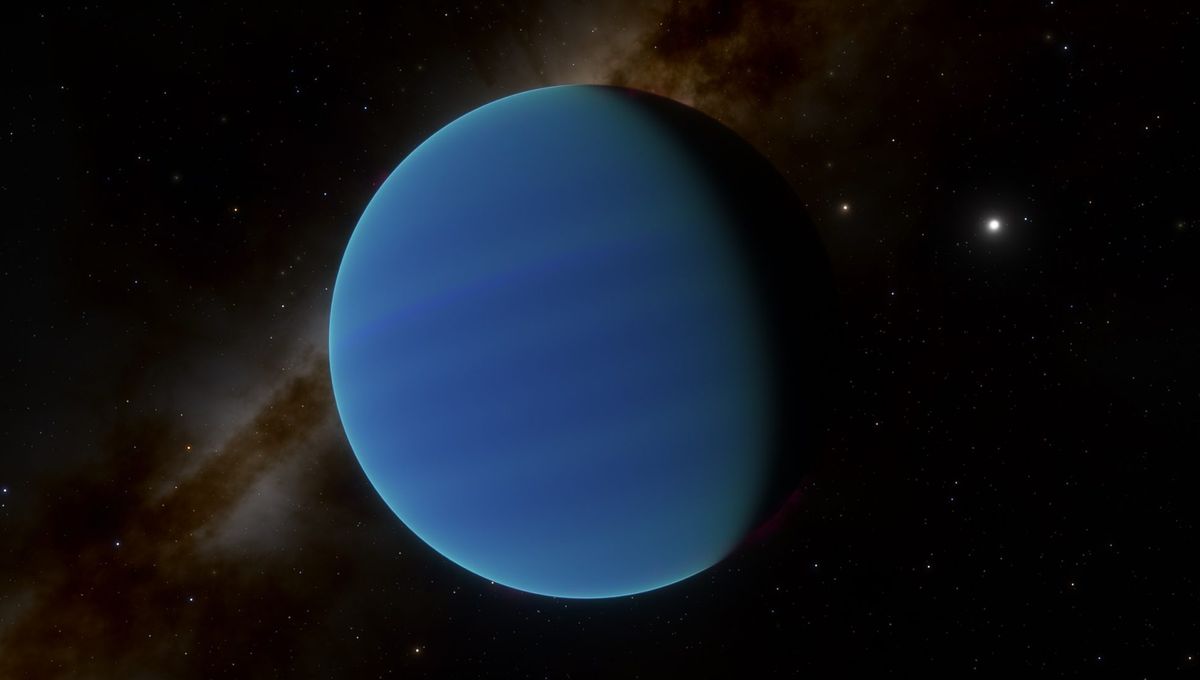
The Kepler-10 planetary system is clearly a place of extremes. It has a small, Earth-sized world that is half scorched, the first rocky world ever discovered by the Kepler mission. That’s Kepler-10 b. Another world was also discovered in the system, Kepler-10c, but it has been more complicated to get its properties clarified. Now, new data show that this is a world like nothing seen before.
Using cutting-edge instruments on the Telescopio Nazionale Galileo in the Canary Islands, researchers were able to constrain the properties of this exoplanet. They know that it is a sub-Neptune planet with a radius 2.35 times that of our planet, and so a volume 13 times that of Earth. It also has a mass 11 times our planet’s, suggesting a lower density than a rocky world.
Based on density considerations, the team estimates that the planet is a water world, a class of hypothetical planets covered in a deep ocean with an atmosphere rich in water vapor (such as the controversial K2-18b). Kepler-10 c might be even more particular. It is not just a water world; it might be an icy water world, with differentiated layers.
Its companion is also bigger than Earth, with a radius 1.47 times that of our planet and a mass of roughly three times more – about what you’d expect for a rocky planet. It orbits much closer to its star, going around in less than a day, while 10 c goes around in 45 days.
The planets were discovered because the two worlds pass in front of their star, creating a small eclipse. However, these new estimates come from studying how the two planets tug at their star. These wobbles that the planets produce have allowed researchers to make more stringent estimates of their properties and also find something else: these two planets are not alone.
The team believes there is a third planet in the system, Kepler-10 d, orbiting further out, going around the star every 151 days. The minimum mass of this world is around 12 times Earth, so not much different from Kepler-10 c.
Researchers believe that at least Kepler-10 c formed much further away from its star, where water ice would accumulate into a planet and be blown away by the starlight and stellar wind. The planet – and maybe the other one too – over time moved inwards, keeping its rich water composition from its formation.
Migration of planets is a fascinating and important subject if we want to understand how planets and planetary systems come to be. The same is applicable to the Solar System, even though we do not have these kinds of planets here (although they are very common elsewhere).
The study is published in Astronomy & Astrophysics.
Source Link: This Giant Icy Planet Is Like Nothing Ever Found Before